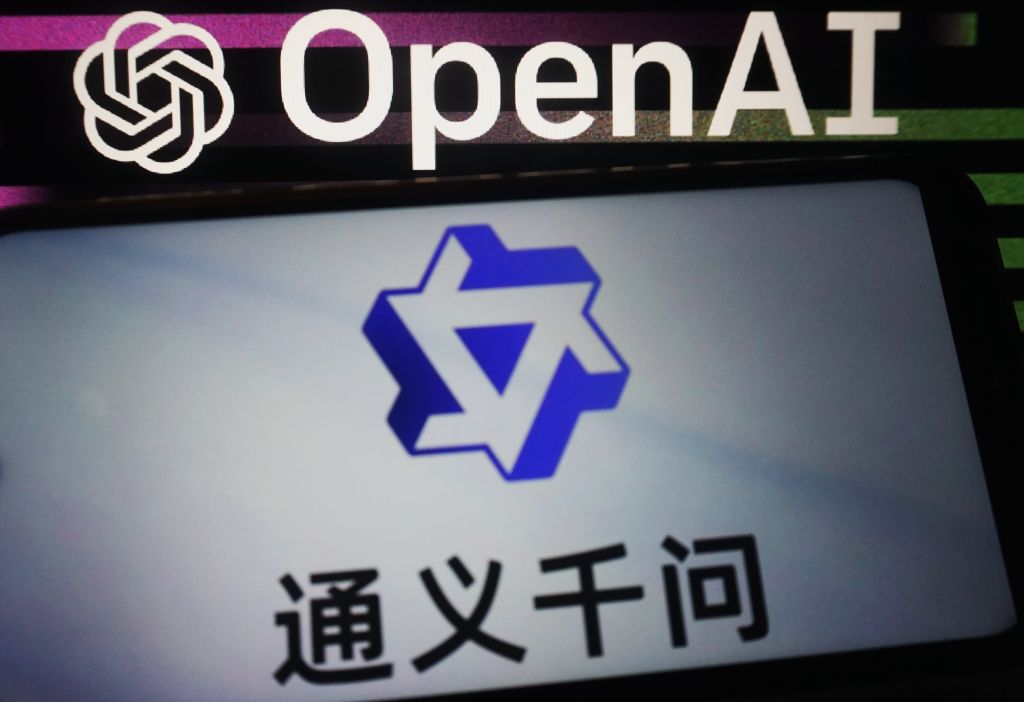
An AI gold rush is underway in the private sector in the wake of ChatGPT, but the geopolitical stakes are even greater. The United States and China are vying for global leadership in AI, a technology that is transforming political, economic, and military power. The U.S. currently leads in AI, but China is rapidly catching up and has declared its intent to be the global leader by 2030. To stay ahead of China in AI, the U.S. will need to work with China. The best competitive strategy for the U.S. is to sustain ties with China in areas where the U.S. benefits disproportionately, such as human talent and computing hardware, while severing problematic ties.
U.S. policymakers have been on a steady path to selectively decoupling the U.S. and Chinese AI ecosystems, which are deeply intertwined. The U.S. government has blacklisted Chinese tech firms using “Entity List” designations and slapped export controls on advanced semiconductor manufacturing equipment and AI chips to China. U.S. companies and universities should not be working with Chinese entities engaged in human rights abuses or working with the military. Yet Washington’s steady ratcheting up of restrictions risks going too far. To preserve America’s technological leadership, the U.S. should maintain the flow of Chinese talent to the U.S. and preserve China’s dependence on U.S. hardware.
China produces the most top AI scientists in the world. More researchers publishing in top AI conferences come from China than any other country. But they don’t stay in China. Over half of China’s best undergraduates studying AI come to the U.S. for graduate school. And they stay. Over 90 percent of Chinese undergraduates who move to the U.S. for their PhD stay in the U.S. after graduation. The biggest beneficiary of Chinese talent isn’t China—it’s the United States.
The Chinese government is working hard to boost its domestic scientific base. To tap into the estimated 400,000 Chinese scientists abroad, the Chinese government has an estimated over 200 talent recruitment programs to bring scientific knowledge back to China. The U.S. government has stepped up investigations in response to the Chinese government’s campaign of intellectual property theft and academic espionage. In 2021, a jury convicted the former chair of Harvard’s Chemistry and Chemical Biology Department of lying to federal authorities and tax fraud for failing to disclose a $50,000 a month salary he was paid for participating in China’s Thousand Talents Plan. The U.S. government needs to improve research security through investigations and increased visa screening, but it must do so without cutting off the flow of Chinese talent to the U.S. These talent flows are a brain drain for China and a brain gain for the U.S.
Read More: In the Tech War With China, the U.S. Is Finding Friends
The U.S. also benefits from keeping China dependent on chips made using U.S. technology. As the frontier of AI research shifts to more compute-intensive AI models like ChatGPT, America has an asymmetric advantage over China. Even though the most advanced chips in the world aren’t made in the U.S., they are made using U.S. technology. The U.S. government used this fact to cut off Huawei’s access to advanced 5G chips in 2020, crippling Huawei’s global 5G business. In October 2022, the Biden Administration placed even more expansive export controls on advanced AI chips to China. Unlike the controls on Huawei, these new AI chip controls are not targeted at a specific company; they are China-wide. While these controls are likely to constrain Chinese firms’ ability to train the most cutting-edge AI models, they risk accelerating China’s drive towards chip independence.
U.S controls create financial incentives for companies to design-out U.S. technology to meet China’s massive appetite for foreign chips. China imports over $400 billion in chips per year. While current controls are narrowly targeted, they will de facto grow over time as chips advance and the threshold for export controls remains the same. U.S. controls also risk boosting Chinese domestic chip companies as their cloud computing and datacenters turn to more reliable domestic suppliers. A better strategy would be to keep Chinese commercial companies dependent on foreign chips built using U.S. technology while denying sales for military applications or human rights abuses. Keeping China dependent on U.S. technology would retain the kind of leverage the U.S. government used against Huawei, a powerful tool in the U.S.-China technology competition.
Washington has been on a steady path towards selective decoupling of the U.S. and Chinese AI ecosystems. U.S. policymakers tend to view any connections between U.S. and Chinese AI researchers with suspicion, fearing China’s model of military-civil fusion means any civilian AI advances will benefit China’s military. This is a mistake. The U.S. is in a long-term technology competition with China, but pure decoupling is a weak strategy. The U.S. benefits disproportionately from talent flows and China’s dependence on American hardware. Washington should maintain these linkages even while severing others. The best strategy for staying ahead of China in AI includes working with China when the U.S. benefits more.
More Must-Reads from TIME
- Cybersecurity Experts Are Sounding the Alarm on DOGE
- Meet the 2025 Women of the Year
- The Harsh Truth About Disability Inclusion
- Why Do More Young Adults Have Cancer?
- Colman Domingo Leads With Radical Love
- How to Get Better at Doing Things Alone
- Michelle Zauner Stares Down the Darkness
Contact us at letters@time.com